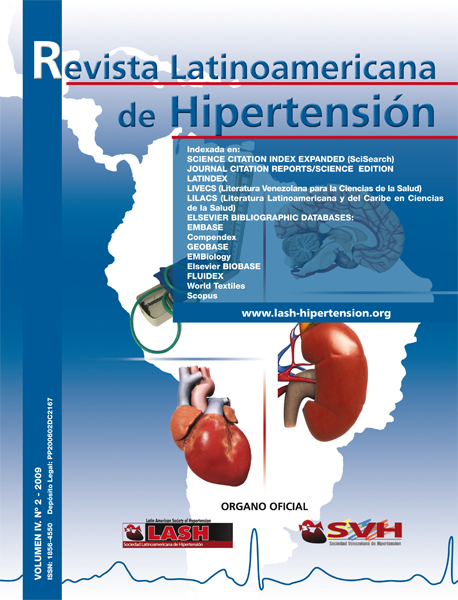Cardiovascular risk factors during hiv infection treated with antiretroviral therapy. An ultrasound assessment study of carotid atherosclerosis
Keywords:
hiv infection, antiretroviral therapy, atheros-clerosis, carotid artery, ultrasonographyAbstract
Background. There is controversy over whether or not HIV infection and antiretroviral therapy contribute to early atherosclerosis. Ultrasonographic evaluation of carotid intima-media thickness is considered a reliable surrogate marker of subclinical atherosclerosis and may be employed in the setting of a cardiovascular risk assessment in HIV-infected patients.Patients and methods. A cross-sectional study evaluating classical risk factors for cardiovascular diseases, parameters of HIV infection, antiretroviral therapy and subclinical atherosclerosis in HIV-positive subjects naïve or treated with antiretroviral agents was performed. The enrolled patients underwent ultrasonography of the epi-aortic vessels using a Philips HDI 5000 power color-Doppler with 7.5-MHz probes. The 10-year risk of coronary heart disease was calculated by the Framingham equation.Results. A total of 27 patients (19 males and 8 females; mean age 44 + 13 years; range 32-59 years) were enrolled into the study: 11 subjects were naïve to all antiretroviral agents (group A) and 16 patients were treated with antiretroviral therapy for >36 months (group B). Mean duration of known HIV infection was significantly longer in group B than in group A, such as frequence of dyslipidaemia and lipodystrophy syndrome. Prevalence of carotid plaques was significantly higher in group B than in group A (43.7% versus 0; p=0.012). In group B, patients with high 10-year risk of coronary heart disease (>10%) showed a significantly higher intima-media thickness and prevalence of carotid lesions than those with low risk (<10%). Moreover, carotid plaques presented structural features comparable to those of classical atherosclerotique plaques observed in general population, with iso-hyperechonegic aspects and irregular surfaces.Conclusions. Prevalence of carotid atherosclerosis is higher in HIV-infected experienced patients than in those naïve to antiretroviral therapy and seems mostly associa-ted with a longer duration of HIV infection, more severe lipid metabolism alterations, presence of lipodystrophy syndrome, and a more elevated 10-year risk of cardiovascular diseases.Downloads
Download data is not yet available.
Downloads
Issue
Section
Artículos

